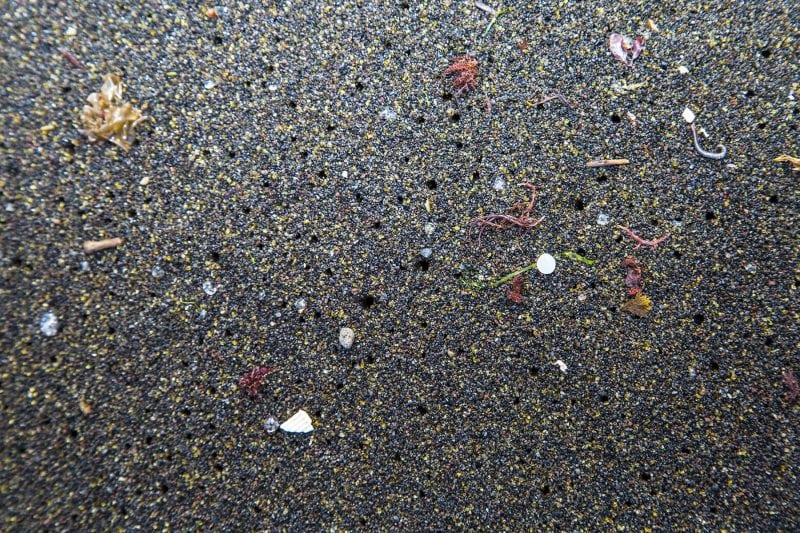
Standard methodologies for their sampling, analysis, and regulation remain insufficient
Owing to their versatility, plastics have almost limitless applications. Most plastics, however, are used in packaging and, therefore, consigned for immediate discard. These accumulate in the environment, and it is estimated that each minute, a garbage truck of plastic is dumped in the ocean.
Although macro-sized debris accounts for a large portion of plastic in the ocean by mass, smaller particles, defined and micro- and nanoplastics, far exceed these in number and their physical and chemical characteristics pose severe threats to organisms and, potentially, humans.
These particles, whose presence was first reported in the 1970s, may enter the environment directly — therefore known as primary micro- and nanoplastics — and numerous sources have been described, such as:
- Cosmetic and cleaning products, namely, toothpastes and exfoliating creams and scrubs;
- Industrial feedstocks used for the manufacture of plastic goods;
- Plastic resins used in air blasting;
- Textile fibers released during washing and/or drying cycles; and
- 3D printing.
These particles may be classified as secondary micro- and nanoplastics formed due to the embrittlement and breakdown of larger plastic debris caused by exposure, animal, and/or microbial activity.
Despite these recognized harms, and although microplastics are a recognized threat to the “Blue Economy,” there are still multiple research gaps that should be adequately addressed, not only regarding their sampling but also in the identification and characterization of both micro- and nanoplastics. Most of said challenges derive from the intrinsic difficulties in determining and identifying these small particles in environmental samples, due to their size and varied shape, color, and degree of degradation. Hence, the efforts developed for assessing the presence of these particles have resulted in different methodologies and, currently, there are no standardized methodologies for their correct sampling and identification.
It is therefore imperative not only to implement standardized methodologies but also to use such methods for the realistic assessment of the presence and effects of micro- and nanoplastics in the environment. The need for a more adequate and dynamic articulation among all stakeholders is evident and essential for the development of evidence-based policies that should result from a constant interaction between researchers and policymakers.
Only by having a more definitive knowledge of their sources, fate, and effects will it be possible to create adequate and efficient regulations aimed at curtailing their presence and effects.
These findings are described in the article entitled Micro- and nanoplastics in the environment: Research and policymaking, recently published in the journal Current Opinion in Environmental Science & Health. This work was conducted by João Pinto da Costa from the University of Aveiro.
University of Aveiro: Created in 1973, the University of Aveiro (UA) soon became one of the most dynamic and innovative universities in the country. With around 15.000 enrolled students in graduate and post-graduate programs, the UA soon assumed an important role within the Portuguese university landscape, being part of the leading group in what concerns the quality of its infrastructures, quality of its research, and the excellence of its teaching staff.









